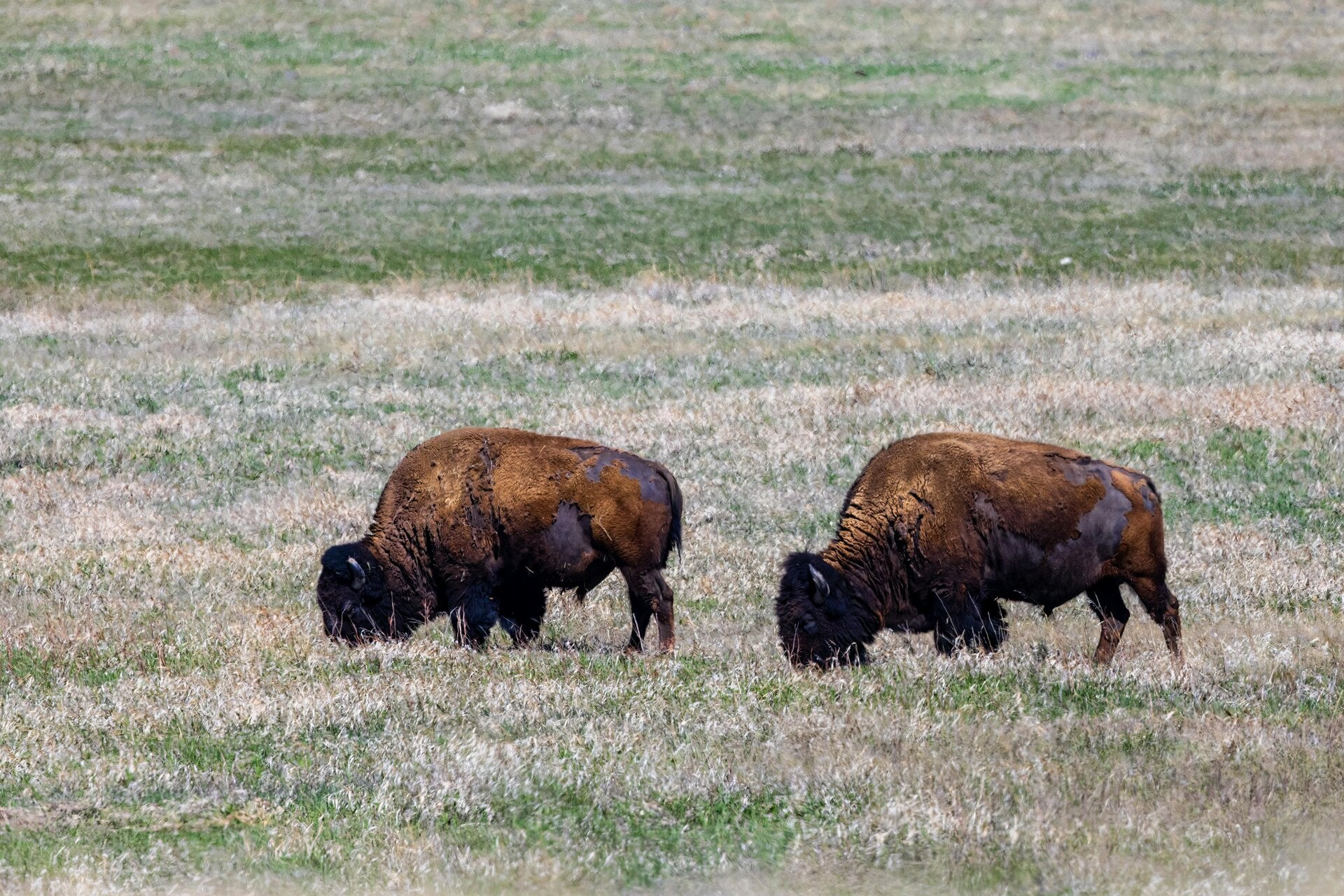🌿 Sustainable Tourism in Grasslands National Park: Beyond Greenwashing
In today’s world, more and more travelers are looking for eco-friendly destinations. But as sustainable tourism grows in popularity, so does a dangerous trend: greenwashing. This happens when companies make their services look environmentally responsible, while in reality, their actions have little to no positive impact.



